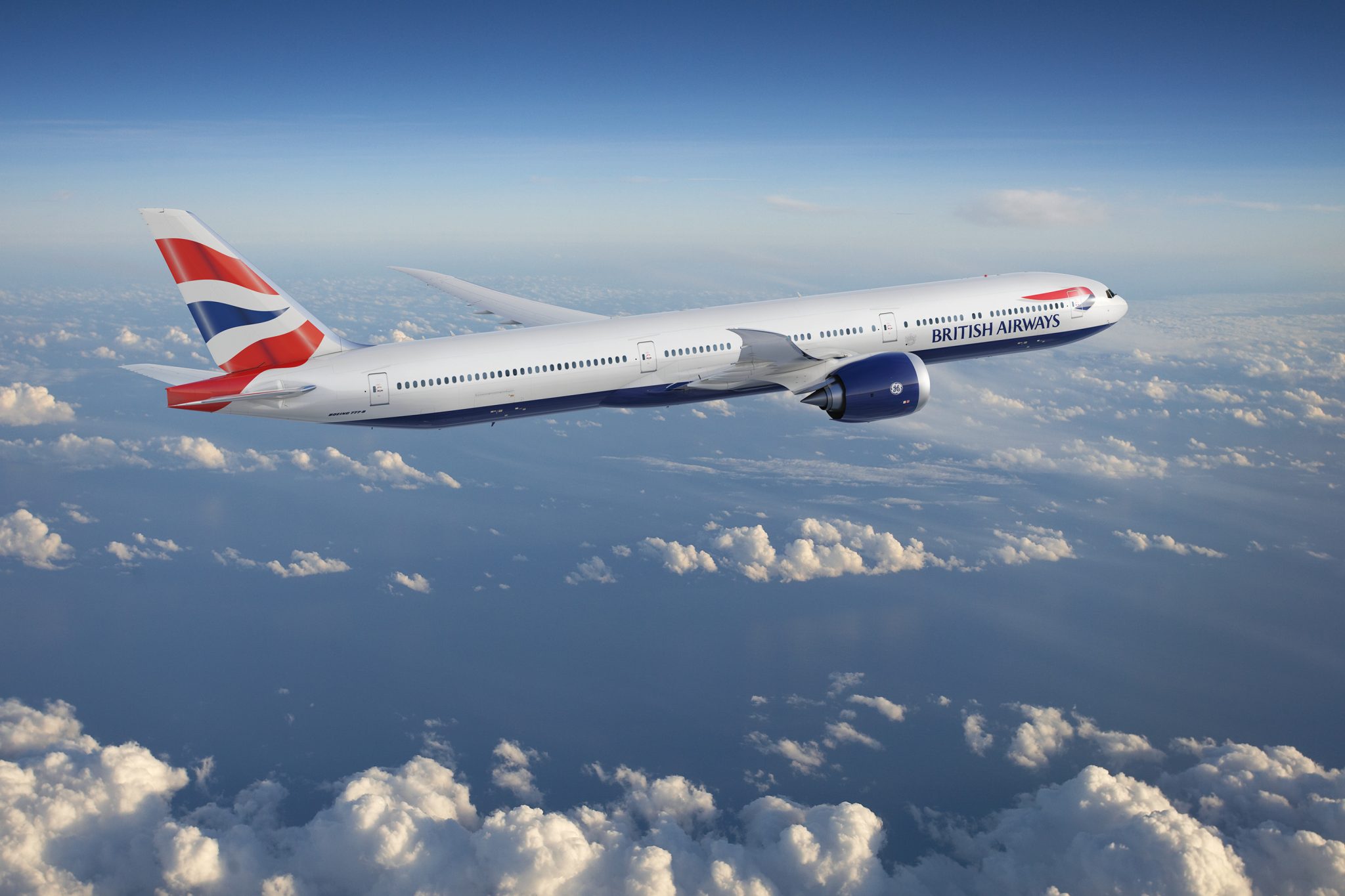British Airways has outlined an ambitious strategy to minimise its carbon emissions, amid a flurry of industry concern that climate change will encourage passengers to reduce the amount they fly.
«The responsibility was have is to fly sustainably,» BA chief executive Alex Cruz told the Airlines 2050 event in London today. «This is one of the biggest factors affecting our industry. If there is a topic that is clearly here forever, then it’s environmental sustainability.»
As part of its Flightplan Zero programme, the IAG-owned airline has committed itself to being carbon-neutral by 2050, in line with the UK government’s target of net-zero emissions by that date.
Along the way to that goal, BA is aiming for a net 10% reduction in CO2 emissions per passenger by 2025 and a 20% cuts by 2030, targets it says are tangible, measurable and accountable.
The airline has also committed to offsetting the carbon for all UK domestic flights. «It sends the message of the direction we want to go in, and we want to carry on going in that direction,» says Cruz.
Production of sustainable fuels is one method by which the airline hopes to hit these targets. By 2030, BA believes that around 14 sustainable aviation fuel plants will be in operation in the UK, turning household and industrial waste into jet fuel, contributing around 8% of the country’s total requirement. By 2050, that figure should rise to around 30% of UK aviation fuel being sustainable, «a very big chunk of the actual fuel consumption».
Planning for the first plant has already begun. BA expects permissions to be received over the next few months and construction to be completed by 2021. Commercial quantities of jet fuel should start flowing around a year-and-a-half later. The project is being run in conjunction with Velocys and Shell.
Other measures that BA has been using are bearing fruit already. Single-engine taxiing is, Cruz estimates, saving roughly 3,700 tonnes of CO2 per year; the removal of manuals from cockpits another 2300t; and lighter seats and food trolleys around 9100t and 3000t respectively.
More significantly, improved accuracy of weather and wind information in flightplans is saving of around 12,500t of carbon per annum…



